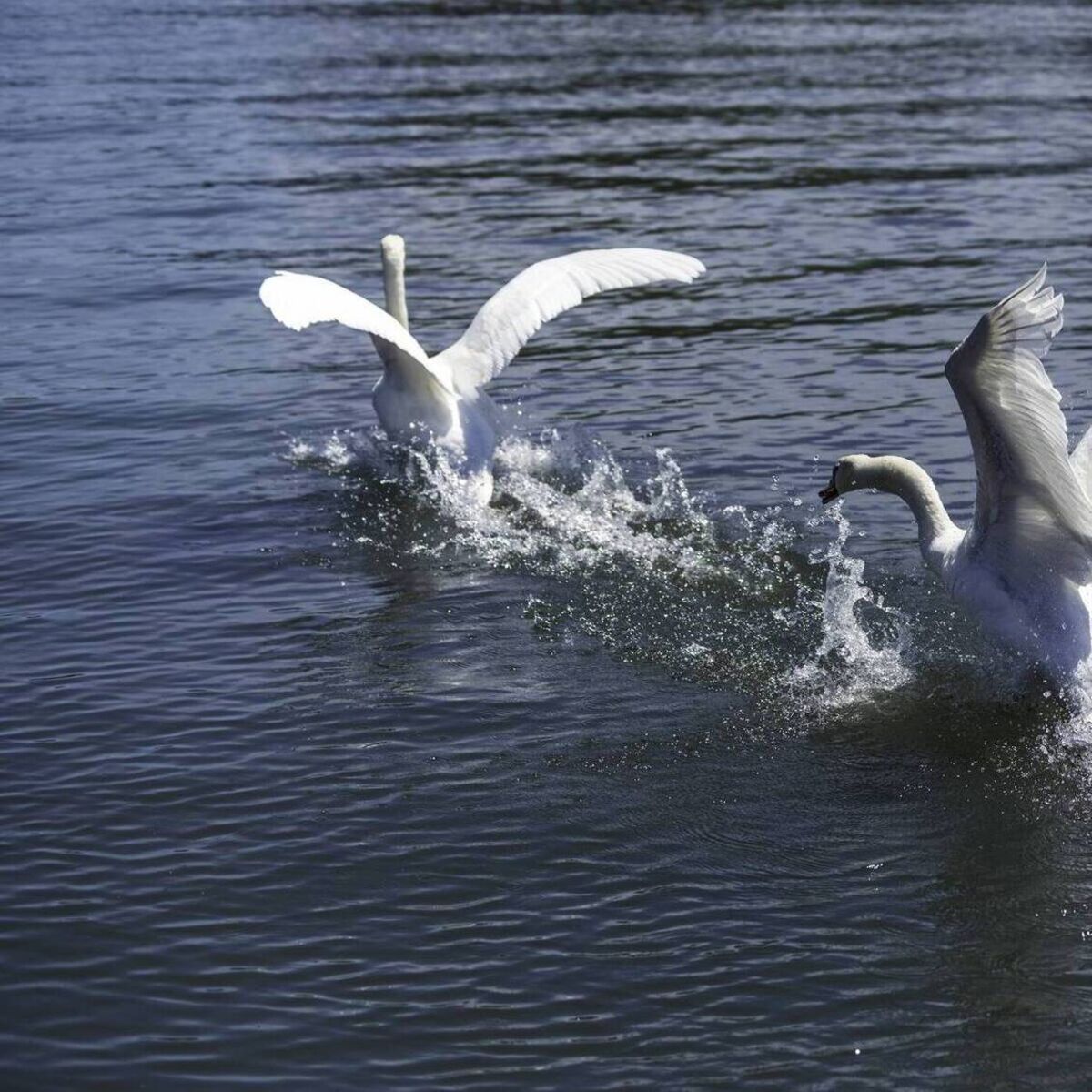By Irishexaminer.com,Richard Collins
Copyright irishexaminer

The River Vartry rises near the Sugarloaf mountain. Just north of Wicklow town, it reaches Broadlough, where two tidal lagoons are frequented by swans. Mary and Michael Kelly, who farm there, alerted RTÉ’s Mooney Show
. They reported that a pair of swans raised seven cygnets this summer. All went well for the brood until another pair of swans arrived on the scene and tried to drive the family out.
The male swan, the ‘cob’, was absent when the intruders arrived. His ‘pen’, the female, confronted the attackers and succeeded in holding her own. However, she and her cygnets seem to be confined to only part of their former territory.
Raising seven cygnets on an estuary was no mean feat. Fewer than three cygnets, on average, fledge from all nests in Dublin and Wicklow. Those on estuaries, such as Broadlough, fare particularly badly. Fewer than one cygnet, on average, survives per nest.
But where was the cob, when his family needed him? The likely explanation is that he was away moulting. If so, his absence is no reflection on his stewardship. Birds’ flight feathers wear out and a new set must be grown each year. A swan is flightless for six to eight weeks when doing so and a moulting cob can’t defend his patch properly.
He needs extra food to grow new feathers. Was the Kelly’s one away dining? Defence is the cob’s responsibility. But during his moulting holiday, the pen, who grows her new flight feathers earlier in the season, takes over security.
His absence might have encouraged the interlopers to try their luck. Such challenges are common among swans.
‘Might is right’ rules throughout the animal kingdom. Possession is nine-tenths of the law, it is said. The principle has no legal status but it does apply to swans — the sitting territory-holder usually manages to ‘see off’ challengers.
Beauty and the BeastBlack & WhiteAndy Parkinson’I have photographed at the small lake local to me for some 15 years now, and every day I see something new. The swans that hold territory on this lake have always been ferociously territorial…’ pic.twitter.com/De3jIGGf46— British Wildlife Photography Awards (@BWPAwards) August 26, 2025
It was somewhat unusual for such an assault to be mounted so late in the breeding season. Disputes over territory usually arise towards the end of winter or early spring, as the new season looms and the scramble for territories is fiercest.
Swans are among the more visible of birds — their domestic squabbles are conducted in public. Disputes over property are far less observable for other wild creatures.
Food shortages and breeding failure control wildlife numbers. But homelessness is also a factor; would-be parents can’t find a place in which to set up home. Seabirds, in particular, are affected by nesting-site shortages. Adapted for life at sea, they are clumsy and vulnerable to predation when on land.
But, being egg-layers, they must come ashore to breed. Cliff ledges and uninhabited islands are in short supply. Demand can’t be met and great crowded seabird cities form. Bird ‘property prices’ are exorbitant. A young inexperienced couple, however well intentioned, can’t be allowed to occupy so valuable a site. The seabird marriage-guidance course lasts up to four years. Then strict family-planning applies. Local food shortages become critical, so most seabirds can raise only one chick each year.



